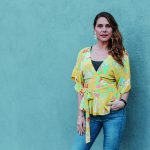Martin Boudot: “I investigate environmental issues that are linked to our way of consuming”
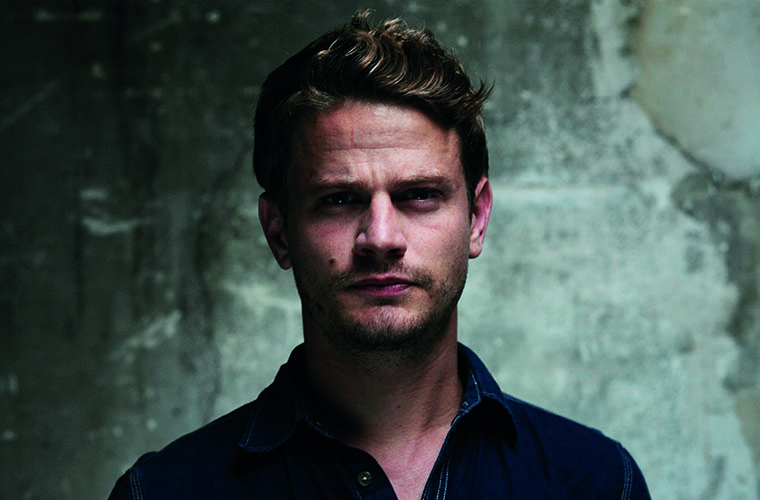
Martin Boudot is a French investigative journalist and documentary filmmaker. Recently, he teamed up with director of photography Mathias Denizo for Paraguay: Poisoned Fields, which won the Sony Impact Award for Current Affairs at last November’s Rory Peck Awards. FEED talked to Boudot about investigative journalism in the digital age
FEED: How did you begin your career as a journalist?
Martin Boudot: I attended a public journalism school in France, one of the few, and specialised in broadcast journalism. The school had a partnership with the USA, so I did my third year at the University of Denver. And that is how I got exposed to the American way of investigating. That was in 2008. When I went to work for ABC News in Denver, it was interesting to see the differences between French and US journalism.
FEED: What kinds of differences?
Martin Boudot: Back then, what we would call “English investigation” – meaning the BBC, too, not just American networks – it is more factual. The investigations on French TV were more based on editorial stuff. There were fewer facts and more opinions. But that has changed a lot over the last ten years in France. We have made some effort to have more factual and neutral investigation in France, and less opinion.
But in term of imagery, in France we were ahead. The American way of filming an investigation was more about doing a beautiful setup interview, and then doing a lot of B rolls. There wasn’t a lot of live footage. In France, we like to shoot sequences. It’s trying to demonstrate what’s really happening with a live sequence and not having just using an interview, with B roll to illustrate it.
And that is how I first got spotted, because my way of filming was very different to what they were used to. In 2009, I got a call from a French company, Premieres Lignes. They wanted me to work as a freelancer for them doing only investigative stuff, which they specialise in. So I have been working with them on and off for the last ten years, and this is how I got into investigation on TV in France.
FEED: You specialise in films on health and the environment. How do you approach developing those?
Martin Boudot: I’ve done a few pieces about the environment, especially trying to mix science with the environment and trying to provide people with more facts. Again, that comes from my American experience of providing facts and relating them to the environmental situation. Not just having some activists saying, “This industry is polluting” and then the industry saying, “It’s not our fault” – but trying to find a third way with some really strong facts to determine what the level of pollution is, and if it does exist, how it affects the environment and the people.
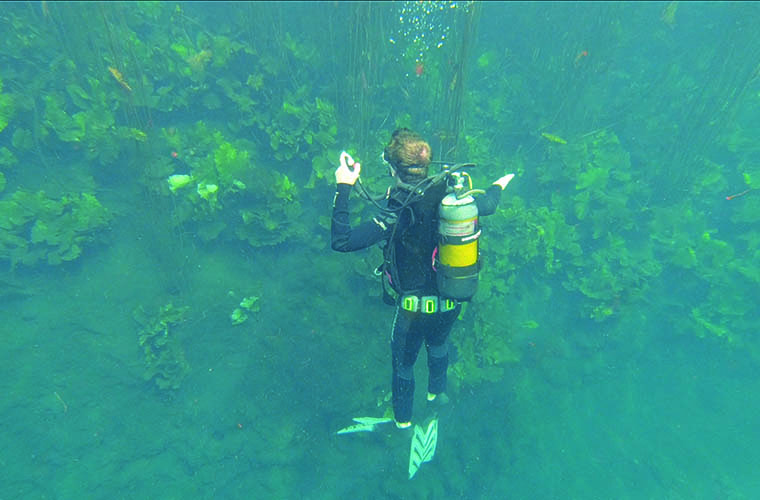
So I’ve done some partnerships with scientists from Luxembourg, Indonesia, France, the UK, the US. And from Paraguay, too. I’ve realised that a lot of scientists are willing to work with reporters if we can finance some part of their scientific studies, because most of the time we do have some budgets. We always believe our projects are very light and low-budget, but when it comes to science, they’re actually quite big. Sometimes they just need €2000, €3000 or €4000 to finish or to enlarge a scientific study that they require in order to get published. So that can actually be an interesting partnership.
FEED: How do you make sure that those scientific ideas are delivered to audiences in an engaging way?
Martin Boudot: I investigate environmental issues linked to our way of consuming, to how the world is going. So when I investigate the textile industry in Indonesia polluting a river, it has a direct relevance to us here because we buy those clothes. H&M, Gap, all the major brands, they work with these Indonesian suppliers.
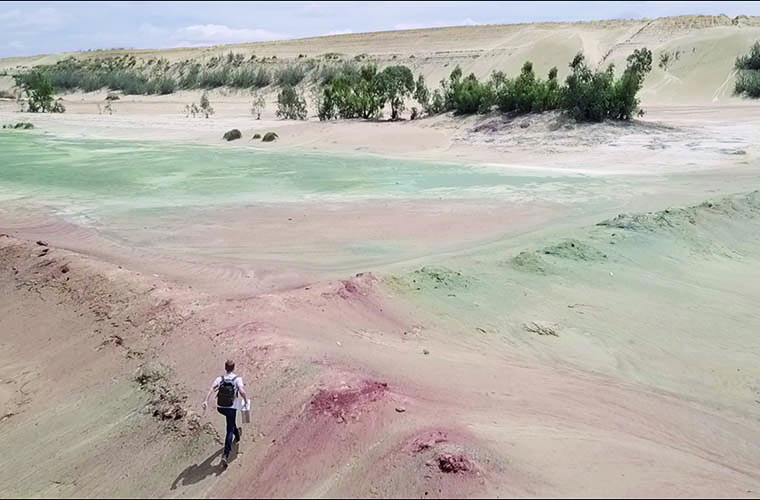
It was the same when I investigated the soy industry in Paraguay – the vast majority of the soy produced in Paraguay is produced for our livestock, our cattle. It is not for Paraguay’s animals or the Paraguayan people. The same thing with the gold in South Africa. The mines in South Africa, which are polluting, are for our jewels.
The idea is to try to connect people with these problems, showing how pollution at the other side of the planet is linked to our own way of consuming or our way of doing things. It’s good to have knowledge about it and see how we could improve.
Regarding science, it’s always hard to talk about it on current affairs shows or in documentaries, because most of the time it’s neutral, not black and white, it’s numbers. We always try to humanise the science through doctors or through a scientific team engaged in defending their community or country. And that is another way of showing the impact on the people.
Me and my caravan were followed by the secret services were followed by the secret services because we were investigating a lake that had been completely polluted
FEED: How did the Paraguay: Poisoned Fields film come about?
Martin Boudot: It took almost a year, between the moment I first made contact with the scientific team on the ground in Paraguay and the minute I finished editing.
I had been reading scientific papers regarding the genetic damage caused by pesticides and found an unusual study that had been made in Paraguay by Dr. Stela Benitez. I got in contact with her because I could see they didn’t have the financial means to do all the research they wanted.
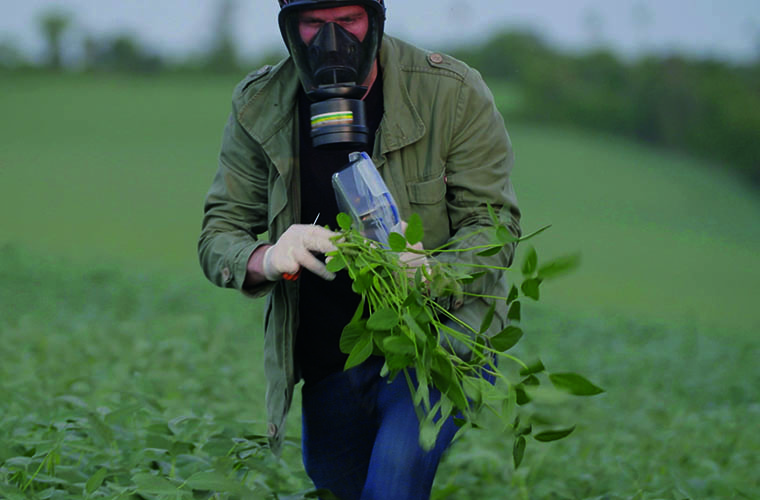

The science side: Martin Boudot works closely with scientists to ensure that his films have a firm foundation in facts and the latest research
The Paraguay story checked a lot of boxes from a journalistic point of view. Paraguay has one of the highest rates of deforestation in the world. At the same time, it produces soy that we use in Europe for our cattle. It also uses a lot of pesticides that are forbidden in Europe, but we still sell. There were a lot of different angles that were interesting.
Paraguay doesn’t produce pesticides. They buy pesticides from firms like Syngenta, a Swiss-based company owned by China, or the German company Bayer, which also owns Monsanto. And not to mention DuPont or Dow Chemical in the US. These large firms sell their pesticides to whoever is willing to have them. When a market like Europe says they are too dangerous, then most of the time they go and sell it to other countries. And Paraguay is an example of that.
This is why we decided to investigate, and try to produce this scientific study about the genetic damages of children living next to the soy crops.
Me and my caravan were followed by the secret services because we were investigating a lake that had been completely polluted
FEED: The film created a political uproar in Paraguay. What was it like on the shoot?
Martin Boudot: To be honest with you, everything went very smoothly and we were very lucky. Sometimes that does happen. And we were not expecting it to have as much impact as what actually happened. We were not expecting people to organise these protests. We spent four weeks there, and it was almost like we spent a year.
I expected our results could help the people or show them that there were actually some consequences for them, that it could maybe raise awareness, but it really triggered a national debate in Paraguay. And for that, I’m very grateful. But you cannot plan this. It’s random. In this case it did work. It did happen. We are very lucky, too, and very humbled that our work was indeed useful for people.
FEED: Are you allowed to go back into Paraguay?
Martin Boudot: I think I would be allowed because we also shared our data and shared our work with governments and with the officials. That is also my English-trained point of view about investigation. You should not treat your activist sources better than the industry sources. So we shared the data – even with Monsanto.
Now that we’re finished, I think the companies don’t really like me. I don’t think the government is that pissed off about what we’ve done, but in some other parts of the world I’m pretty sure I’m not welcome anymore.
You should not treat your activist sources better than the industry sources
FEED: As an outsider are you able to highlight things that someone in the country might not be able to?
Martin Boudot: Absolutely. When you’re a foreigner, most of the time the people in charge are more willing to talk with you than a local journalist, who would have done exactly the same thing. They might think a foreign journalist has a more neutral point of view. He’s less of an activist and has no hidden agenda.
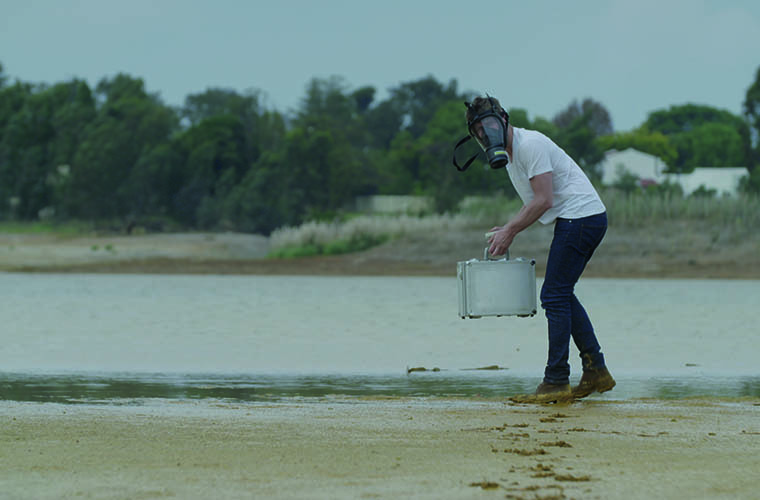
It’s a pattern we have seen along the way. And it’s something that would happen in France, as well. I remember, for example, The New York Times wrote a very interesting piece about how the [Notre Dame cathedral] fire created a lot of pollution, especially lead pollution, in the air. And it was something very interesting but we didn’t see it or investigate it in France. There was the thought that it must be true, because they don’t have the same agenda they would have if they were French. So it can be really helpful being a foreigner in these cases.
FEED: Have there been times when you weren’t welcomed as a foreigner?
Martin Boudot: I was investigating mobile phone industry pollution in the north of China, in Inner Mongolia, in a town called Baotou. In this town, you’re not really there as a tourist. If you’re white, it means that
you’re suspicious.

Me and my caravan were followed by the secret services because we were investigating a lake that had been completely polluted by one of the suppliers of the mobile phone industry. We were arrested once, then twice, and then charged with being spies and basically expelled. That was in 2012, and I was not able to go back to China for five years.
These things happen as well in Congo, when you want to investigate the mining industry. I was there, again investigating the mobile phone industry, and you have these local forces and local rebels that are really hard to work with. You have got to be very, very careful.
There were 164 environmental activists that were killed in 2018 – being an environmental activist right now is one of the most dangerous jobs on earth. As journalists, we take some risks, but they are the ones taking the real risks. I rely on them and I really have a huge respect and admiration for these guys.
FEED: How has your work changed with the arrival of new formats and streaming platforms?
Martin Boudot: I’m working with Netflix at the moment. I think it’s interesting that we can see once again what I saw ten years ago, those large differences in storytelling style, and how you tell a story on Netflix versus the big French networks.
We now have more broadcasters than ever and that’s important. A topic we really believe in might not work for French TV, but we can propose it to an agency and see if they might be interested, or to Amazon. Even though Amazon doesn’t do documentary at the moment, it does provide a large spectrum for different types of documentary.
Netflix is not so big on investigative stuff, it’s more about small stories that work for an international audience. And the opposite is true, too: we couldn’t do a two-hour investigative piece – that we would do for French TV – for Netflix, because that wouldn’t be interesting for most of the audience. Having all these new platforms does change the game. It also obliges us to be better. We’re trying to compete with all the world right now, not only French producers and documentary makers.
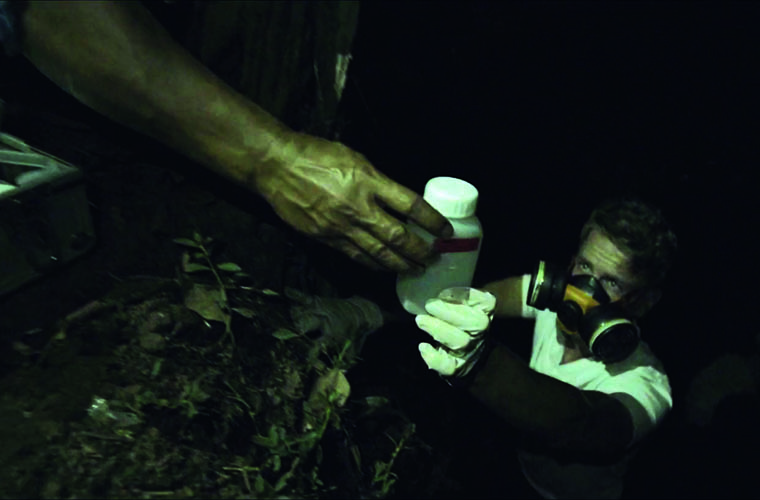
FEED: How are you seeing the big platforms deal with local stories? Is there pressure to make it all internationally relevant?
Martin Boudot: Well, yes, but one of the big successes of Netflix is Making a Murderer. It’s a local murder. There’s nothing global about Making a Murderer. And most of the documentary successes on Netflix are very local stories. The Keepers and The Devil Next Door, as well. So it doesn’t have to be international as long as the local story tells something that can resonate with everyone.
Right now on Netflix there is a documentary from France called Gregory. It’s about how a little kid was murdered back in the 1980s and it resonates with everyone because that is something that could happen to a lot of people, even though it’s local news with local farmers and local, family stories, and vengeance.
FEED: Have you noticed any recurring themes or lessons in your work?
Martin Boudot: One real, very simple conclusion I can draw is that in every case, once you start mining, there is no clean mining. I was looking for good initiatives along the way, trying to find, for example, responsible gold mining. As long as you dig into earth, every time, either the environment or humans are at risk.
Another one – a little more subtle but very important – is that the world now uses only suppliers, subcontractors. So when you investigate, for example, the mobile phone industry or the textile industry, if someone has polluted or has treated the workers badly, it’s very easy for them to say, “Well, that’s the subcontractors. It’s not our fault. We won’t be working with them anymore.”
This supplier way of working has come to a stage where it’s very easy for them to not endorse their responsibilities as major brands. And, I think, using suppliers has become the weapon of cowards. It’s very useful.
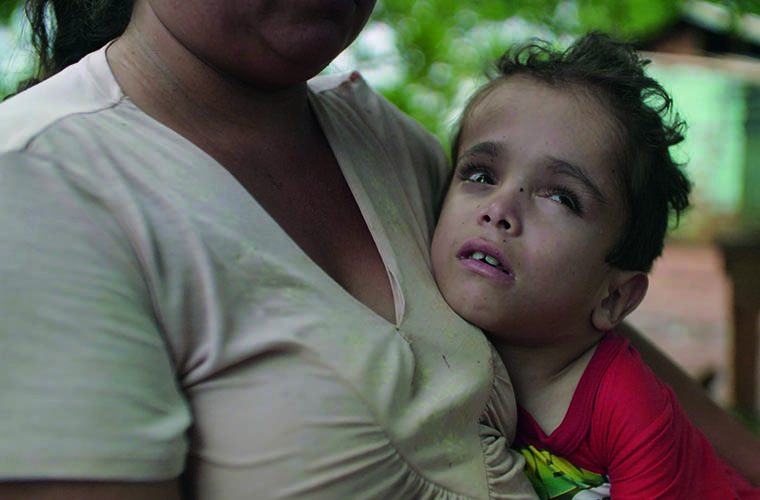
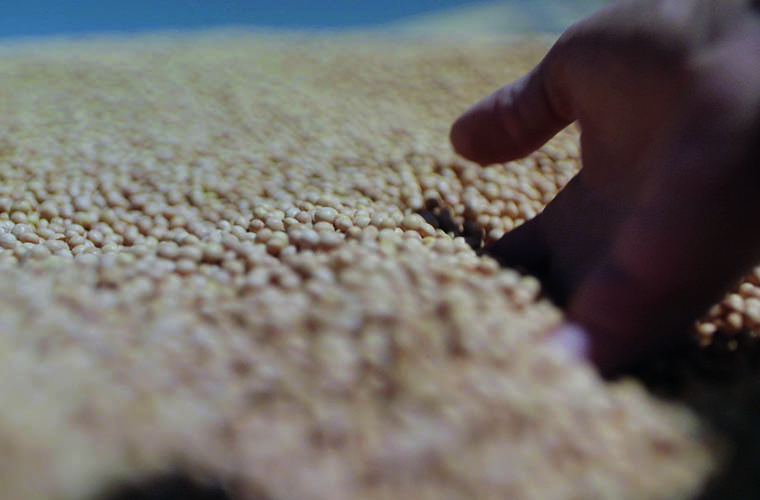
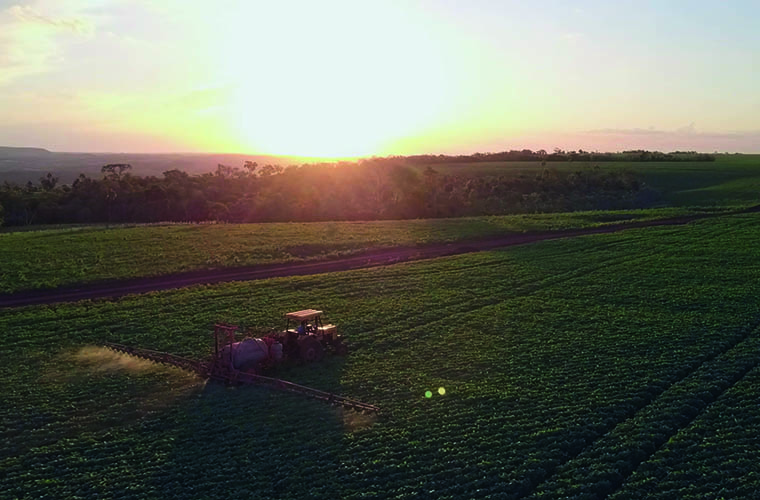
Taking risks: Boudot’s films would not be possible without the huge risks environmental activists take to obtain information
FEED: What are you working on next?
Martin Boudot: I’m working on three new documentaries, again with this idea of scientific studies meeting environmental issues. One of them is about the pollution of the air in different places in Europe, especially as its affected by the coal industry. Right now, I’m trying to put in place some different samples all over Europe regarding the air pollution.
I’m working with a university in Belgium. They are willing to look for very precise pollutants in the urine of children. Also, I’m working with our French scientist whose specialty is the impact of air pollution on children. And another who’s specialising in how to detect mercury in different places. So it’s the same technique. Another topic, but the same technique.
This article first appeared in the January 2020 issue of FEED magazine.



